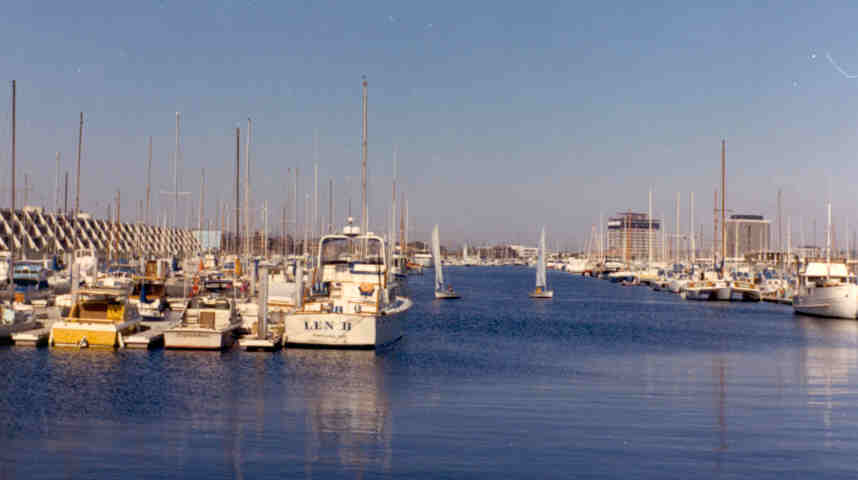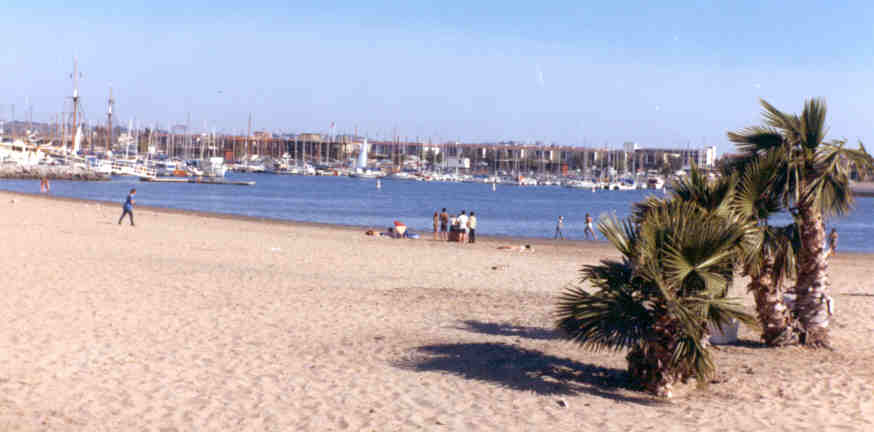

The SC4020 had started to show its age as early as 1970. Increasing hardware problems of various types had impacted the service. In consequence, early in 1972, Paul Nelson made a survey of potential successors to the SD4020. A detailed questionnaire was circulated to potential manufacturers. A series of test tapes were generated and run on the machines selected for further study. A Calcomp 1670 was being installed at the Meteorological Office in the summer of 1972 and the aim was to wait until there was some experience of this device before a final decision was made. Calcomp, Benson-Lehner, Datagraphix, Ferranti, Information International Incorporated (III) were all potential suppliers. By the autumn of 1972, some tapes had tested the performance of a range of machines. Results from these tests indicated that the FR80 from III was the best and the most flexible machine available. Line quality and picture linearity of a number of other machines were also significantly better than the SC4020. The case was made to purchase the FR80.
Both Paul Nelson and Bob Hopgood made visits to III in Los Angeles in 1973 staying at the Marina Motel on Washington Boulevard near Marina del Rey.


There was then another year of discussion with the Atlas Computer Committee before the decision was made to purchase the system in the Summer of 1974.
Manuals for the FR80 were acquired in the summer of 1974, and an FR80 tape obtained from the Post Office at Leeds, who had the only other similar machine in the country. Programs were written to decode the FR80 tape, and an FR80 interface was written for SPROGS prior to the machine's arrival. Paul Nelson prepared a set of benchmark tests.
The Contract for the FR80 was finally signed in November 1974. Both before and after this event, a considerable amount of time was spent in meetings and discussions with III concerning both the hardware and software to be provided. Eric Thomas and Paul Nelson went to Los Angeles in February 1975 to perform the acceptance tests. The estimated delivery date was March 1975 with the aim of starting a service in May.
III were quite secretive about the code that ran the FR80 and would not allow Atlas to see the source listings of the FR80 software. John Rushby spent a considerable amount of time trying to work out what the software did so that Atlas could produce an accounting system for it.
Atlas did manage to get some information from III and a program was written for the PDP15 to decode FR80 source tapes and obtain listings on the 1906A lineprinter prior to the FR80's arrival.
Roland Brandwood visited the Post Office in Leeds for a week to get first-hand knowledge of operating the FR80 and the 5010 black and white film processor. A useful checklist of actions to be taken on camera-changing were obtained.
Some site preparation for the FR80 was done. The SD4020 had been moved to the new computer room prior to the arrival of the 1906A. The SC4020 tape deck was moved to a new position and some 1906A peripherals moved to give more room for the FR80. The aim was to run both the SD4020 and FR80 next to each other for the first few months.

Eric Thomas and Paul Nelson went to Los Angeles on 15 February with the aim of starting the acceptance tests about a week later. However a number of hardware and software problems delayed the start. The major problem was a misalignment of images on all the cameras. This was finally tracked down to the collar holding the tube in place being incorrect and allowing the tube to move. This was a direct consequence of III changing to the Litton tube which was a slightly different shape from the earlier Ferranti tube that they had used. The acceptance tests did not begin until 5 March and were completed by 10 March with some reservations. The ability to produce 64 evenly-spaced intensity levels was not achieved (only 63 were possible). Abutting on 35mm and hardcopy were only just acceptable. The remaining problems were sorted out at the local acceptance at the Laboratory.